Mitsubishi Heavy Industries Exhibited the first and second stages of QZS-4 Launch Vehicle
Mitsubishi Heavy Industries, Ltd. (MHI) exhibited on August 25 to members of the press the first and the second stages of H-IIA Launch Vehicle Flight No. 36 (H-IIA F36), which will be used to launch the fourth Quasi-Zenith Satellite (QZS-4), at Tobishima Plant in Tobishima Village, Ama District, Aichi Prefecture. The two stages of the Launch Vehicle were exhibited with each engine equipped, LE-7A for first-stage and LE-5B for second-stage, excluding the Solid Rocket Boosters (SRB-A) and payload fairing (the nose cone that protects satellite).
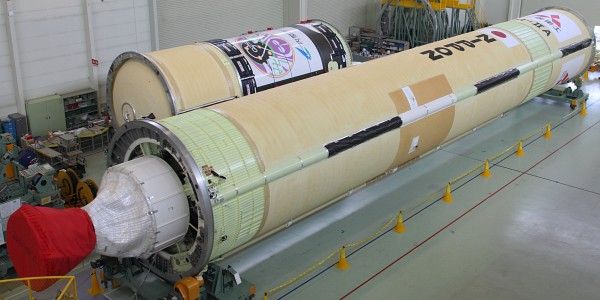
First and second stages of H-IIA F36
Launch on the H2A202 launch vehicle
Before the exhibition, Mr. Koki Nimura (Fellow, Senior Chief Engineer, Integrated Defense & Space Systems, MHI), who is in charge of H-IIA and H-IIB launches, gave an overview of the launch plan.

Mr. Tatsuru Tokunaga, H-IIA and H-IIB Launch Vehicle Project Manager, Space Business Department, Integrated Defense & Space Systems, MHI (left) and Mr. Koki Nimura (right)
H-IIA Launch Vehicle Flight No. 35 (H-IIA F35) used for the QZS-3 launch on August 19 had an H2A204 type configuration with four SRB-As. Meanwhile, H-IIA F36 has an H2A202 type configuration with two SRB-As, same as H-IIA Launch Vehicle Flight No. 34 (H-IIA F34) used for the QZS-2 launch on June 1. This is because QZS-3 had a launch mass of 4,700 kilograms, which is heavier than QZS-2 and QZS-4 whose launch mass is 4,000 kilograms each.

First-stage frame
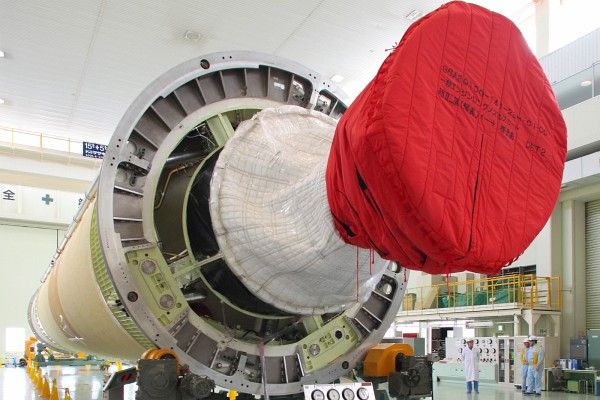
First-stage main engine
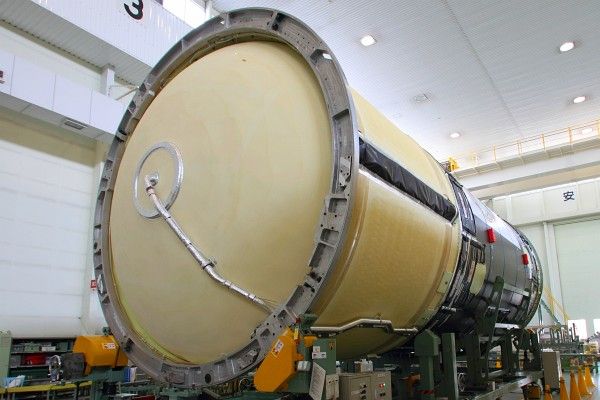
Second-stage frame
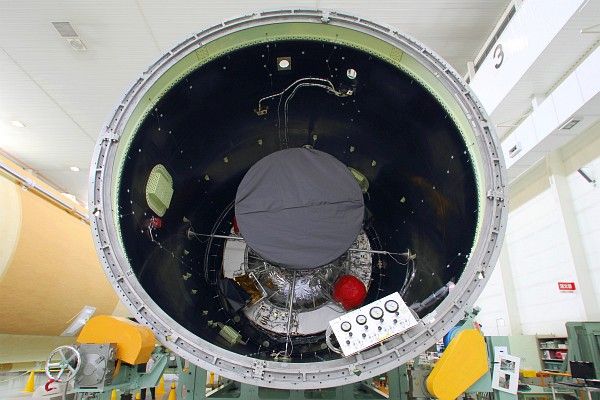
Second-stage engine
The payload fairing of H-IIA F36 is a single-launch type. H-IIA F35 for QZS-3 had a 5S-model fairing with a diameter of five meters, but H-IIA F36 for QZS-4 has a 4S-model fairing just like H-IIA F34 for QZS-2. QZS-3 is equipped with message communication antennas and has a depth exceeding four meters, which is why the larger 5S model fairing was adopted. At the time of launch, H-IIA F36 will have a total length of 53 meters.
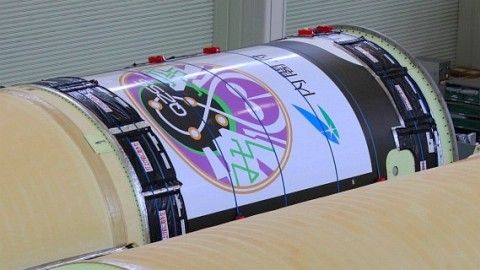
Interstage section (second-stage lower section) with the QZSS launch logo
Wanting to steadily put the QZS on its prescribed orbit
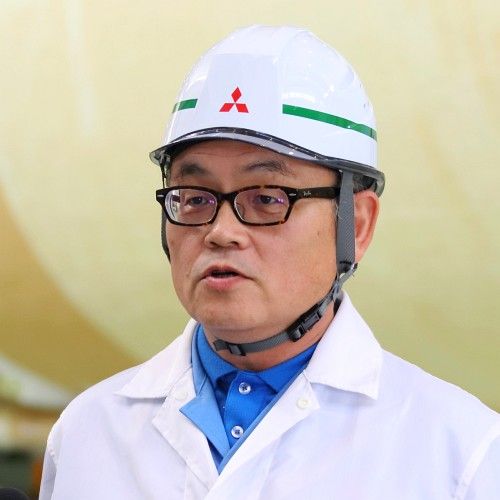
Mr. Nimura, MHI
In front of H-IIA F36, Mr. Nimura enthusiastically said, “Our job is to transport customer’s satellite to the required position. For this purpose, we sincerely would like to conduct the necessary operations firmly according to the designated procedure, in order to put QZS-4 into the required orbit.”
Functional tests for these stages have been completed, and some preparations are underway to ship them via sea and land from Tobishima Plant to Japan Aerospace Exploration Agency’s (JAXA) Tanegashima Space Center (TNSC), where the launch site is located. The payload fairing has already been shipped to TNSC. SRB-As have already been fueled at the launch site and will be equipped to the first stage. The launch will be conducted from TNSC’s Launch Pad 1 in October 2017.
Related information
-
 Dec.15,2021
Dec.15,20215th EU-Japan Public and Private GNSS Roundtable 2021
-
 Sep.17,2021
Sep.17,2021RPD Challenge 2020, a QZSS hackathon organized by the Cabinet Office, MGA, and GISTDA
-
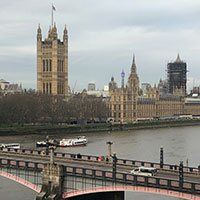 Mar.05,2020
Mar.05,2020[Report] Deliberations on QZSS at the 7th Session of the IMO's NCSR
-
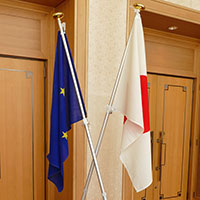 Apr.15,2019
Apr.15,20194th EU-Japan Public and Private GNSS Roundtable Meeting by the Cabinet Office and the European Commission
-
 May.04,2017
May.04,2017EU-Japan GNSS Mission (Day 2)
-
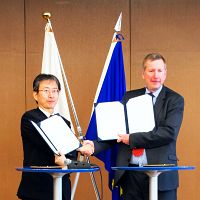 May.03,2017
May.03,2017Signing of a Cooperation Arrangement on Satellite Positioning Application
-
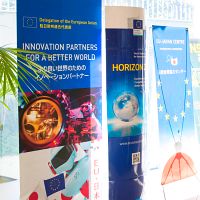 May.02,2017
May.02,2017EU-Japan GNSS Mission (Day 1)
-

Information about events related to QZSS
-
 Aug.18,2017
Aug.18,2017Exhibition of the QZS-4
-
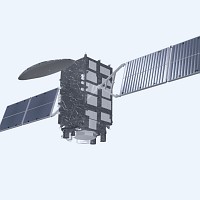 Aug.17,2017
Aug.17,2017Live Broadcast of the QZS-3 Launch
-
 Jul.07,2017
Jul.07,2017Mitsubishi Heavy Industries Exhibits the QZS-3 Launch Vehicle
-
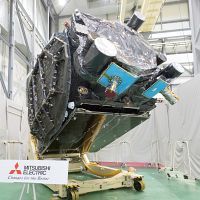 Jun.16,2017
Jun.16,2017Exhibition of the QZS-3
-
 Jun.01,2017
Jun.01,2017Successful Launch of QZS-2
-
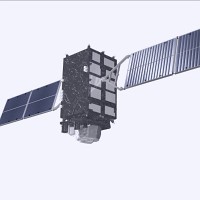 May.30,2017
May.30,2017Live Broadcast of the QZS-2 Launch
-
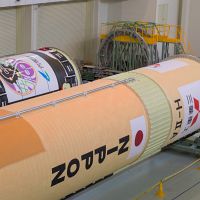 Apr.25,2017
Apr.25,2017Mitsubishi Heavy Industries Exhibits the QZS-2 Launch Vehicle Core Frame
-
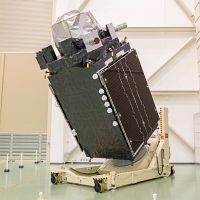 Apr.07,2017
Apr.07,2017Exhibition of the QZS-2


